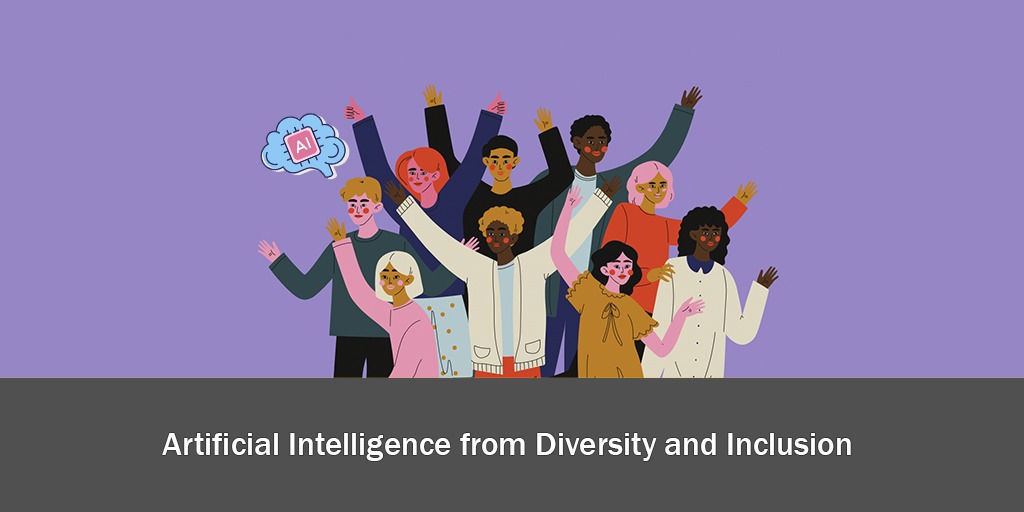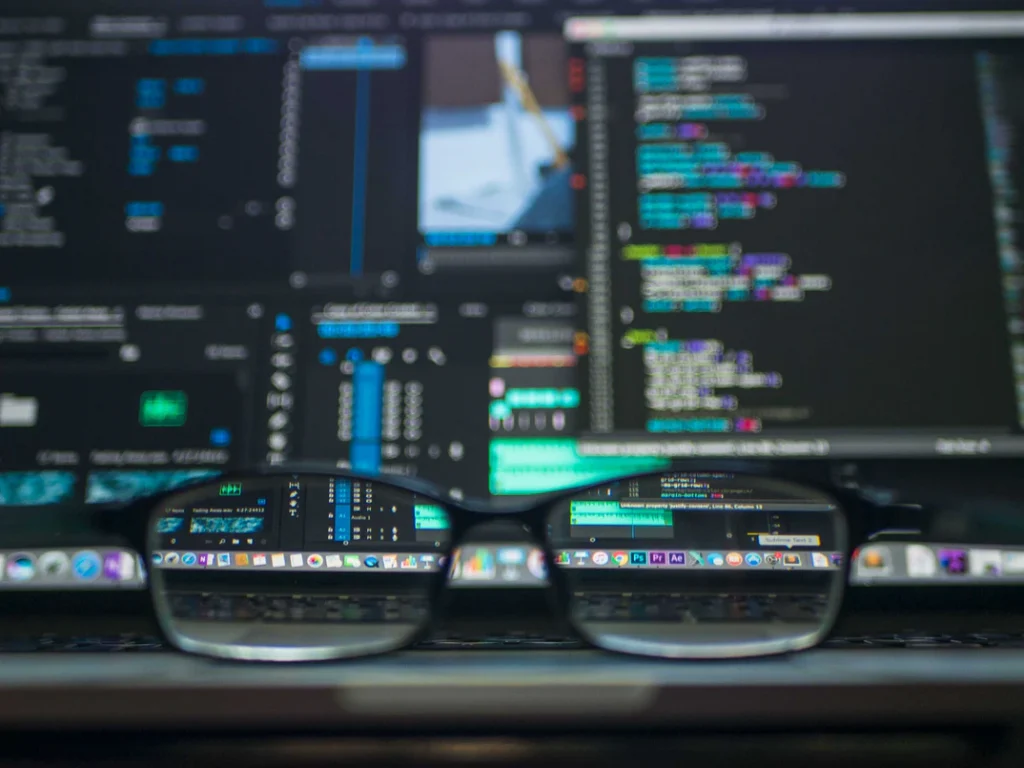Artificial Intelligence from the point of view of D&I

In recent years artificial intelligence has been continuously in development providing us with a wide variety of advantages to almost all areas of our lives. Within the business world, there are several areas within HR where AI could be applied (or is probably already being executed):
- Onboarding process: where the personalization of the information would be allowed to each employee who joins the workforce.
- In the selection processes, it is possible to carry out an analysis of the skills that are required to be acquired by the worker.
- Considering that the mental health of employees is one of the issues that concerns the HR department, here AI would help a lot by analyzing the mood of workers, for example.
- It would also be interesting to have at your disposal technologies that automate the administrative tasks that are usually repeated over time such as the analysis of company policies or payroll management through a chatbot, having a document search engine, etc.
First of all, it is necessary to know the meaning of this term, to understand later its operation. Artificial intelligence is defined as the field of knowledge that studies the theory and development of computer systems capable of performing tasks with a certain degree of autonomy and adaptability from experience.
It is about increasing the physical and intellectual potentialities of the human being, creating artifacts with automatisms and simulating the form and abilities of people. Within AI, two fields are distinguished: Machine learning and Deep Learning.

Next, we will analyze the impact that artificial intelligence has on the world of work and what measures could be implemented to turn it into a tool that favors diversity and inclusion in companies.
When we hear the term “Artificial Intelligence”, we automatically think of innovation or the future that awaits us after seeing the progress that the technology that surrounds us is having. However, it is in recent years when we have tried to know as much as possible the human needs that exist today in order to optimize this field. There are a wide variety of improvements that have been achieved in different areas such as education, food, health, ecology, etc. thanks to the application of AI. Below, we will cite some of the practical cases that have managed to facilitate and improve our lives:
- At the educational level, after identifying the lack of personalization of teaching in schools and due to the large number of students that can be in a classroom, the Spanish startup Smartick created an online learning method, using AI and Bigdata[1]. The algorithm learns with each student, answering questions with 97% effectiveness.
- Another example is related to depression, this being the main risk factor for suicide, according to the WHO. Facebook has developed an algorithm that finds red flags in posts that induce suicide, immediately attending to any indicator. This way they contact users to offer them help on the subject.
In addition to these solutions, there are many others that have achieved fascinating results thanks to the immense amount of data they can store and analyze and the great performance they have achieved in many areas.

On the other hand, AI also includes an invisible mechanism of surveillance and social scrutiny that is responsible for deciding the future possibilities of millions of people. There are automated decision-making systems (algorithms[2]) that decide issues as relevant as who will be shortlisted for a job, for example. The Algorace community explains it as follows: “AI works by combining different algorithms that are installed in a system for the purpose of simulating the cognitive processes of human intelligence, in this way the machines are “training” to perform actions that humans previously did, such as making decisions or doing predictive analysis.”
The problem comes when this training is done with algorithms that start from a biased base, that is, algorithms programmed to obtain results from different demographic groups such as race, gender, class, sexual orientation, religion, etc. As a consequence of this practice, the labor exclusion of all those people who share these programmed biases is obtained, discriminating against them by their personal characteristics and leaving aside fundamental aspects such as training, experience and personal and technical skills required for a job.
In this way, the good candidatures that could have been chosen for a job are left out because they start with “disadvantage” compared to other candidates, reducing diversity in companies and opportunities for professional development. All this leads to the loss of talent, this being a very distinctive aptitude and demanded today by companies. However, the key to success lies in diverse talent.
According to RRHH Press, AI teams are 5.5 times less inclusive for women, 4 times less inclusive for LGBTI+ people and 1.7 times less inclusive for racialized people.

Therefore, already aware of the impact that biases have when excluding certain people at stages as important as job search, we obtain that the main measure to achieve a more diverse community is to avoid the generation of discriminatory biases based on criteria of race, gender, age, religion or nationality, among others. And this can be achieved by investing the use of AI to contribute to generating more diversity and inclusion in companies. In this case, each company should analyze its current workforce and whether it fits the plans it has regarding the implementation of diversity and inclusion.
The elimination of biases in the selection and talent management processes will provide diversity in training samples from the outset, for example, using the same number of female and male audio and video samples. Another is observing that the people who label the samples come from various backgrounds, in this way machine learning teams are encouraged to measure different demographic categories identifying when one is treated unfavorably.
When algorithms begin to train with these basic principles, they ensure talent selection processes much less likely to err in their results than the human mind, so in the long term it is a good way to get the most suitable candidates chosen for a certain position, regardless of their gender, race, academic context or many other things that can be judged from the prejudices of a human recruiter.
[1] Discipline that studies algorithms capable of analyzing large volumes of data quickly.
[2] Rules programmed by a person or by another algorithm to solve a problem with a computer.
If you want to know more about Artificial Intelligence and Machine Learning, we recommend you the following posts:
If you want us to help your business or company contact us at info@aleson-itc.com or call us at +34 962 681 242

Administrativa en IAMCP Spain

